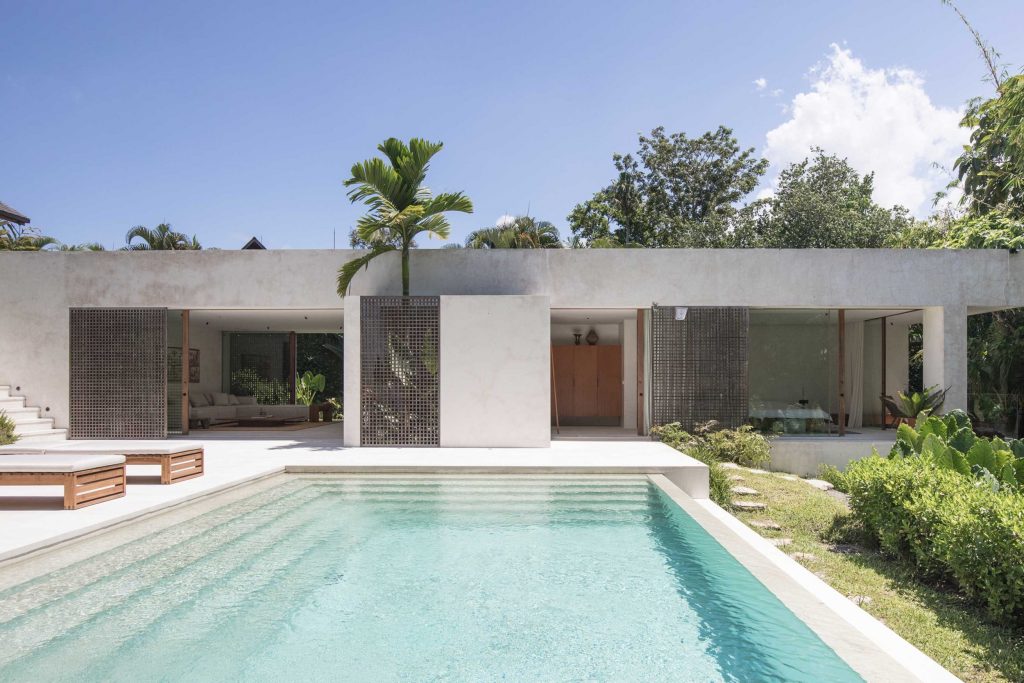Jakarta native Ed Gunawan always felt the ocean’s call, and in 2022, he finally answered by making the move to Bali. But when it came to building his first home, grandeur wasn’t the goal—honouring the land was. “In a Balinese village, the temple should be the only structure that stands out,” Gunawan reflects.
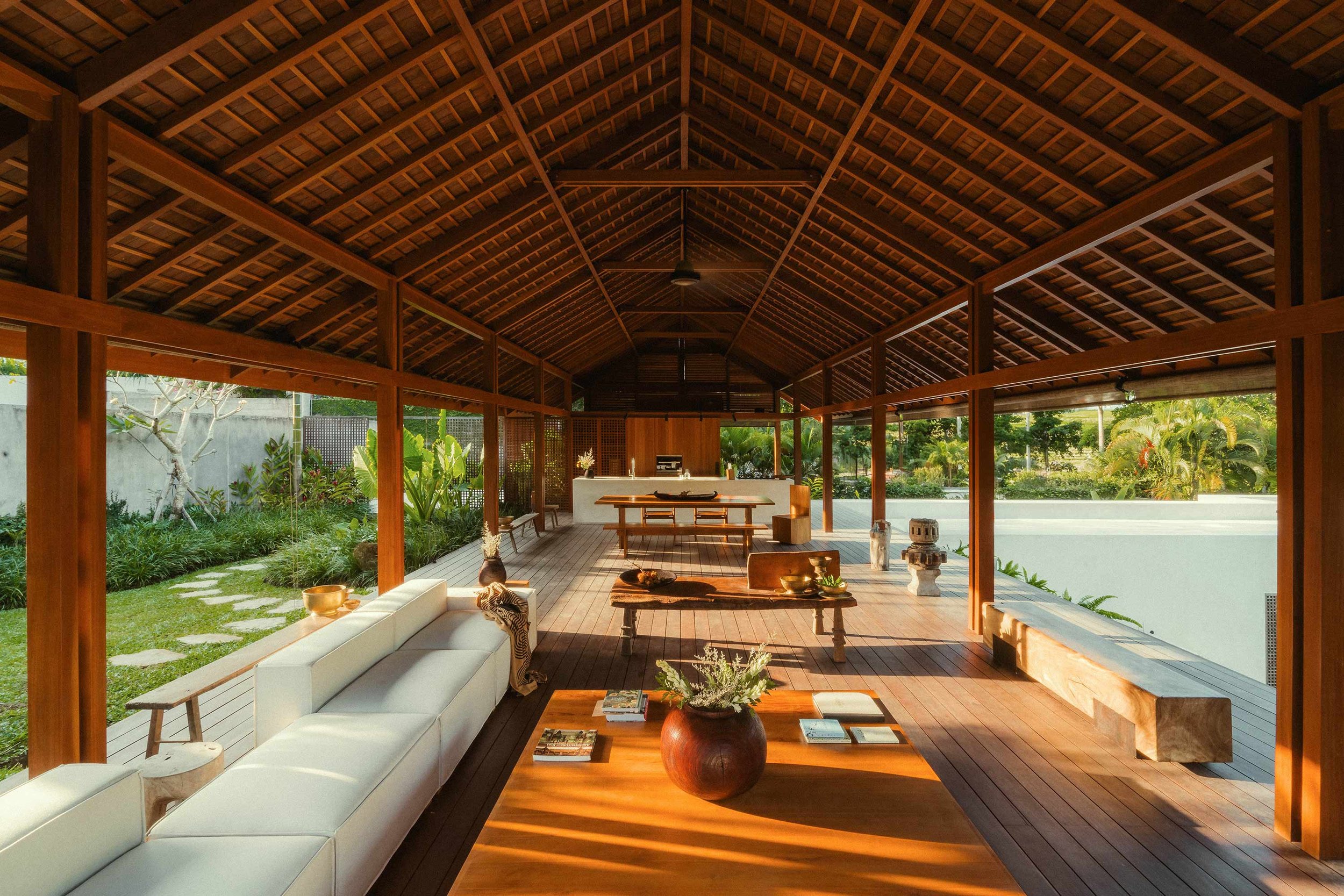
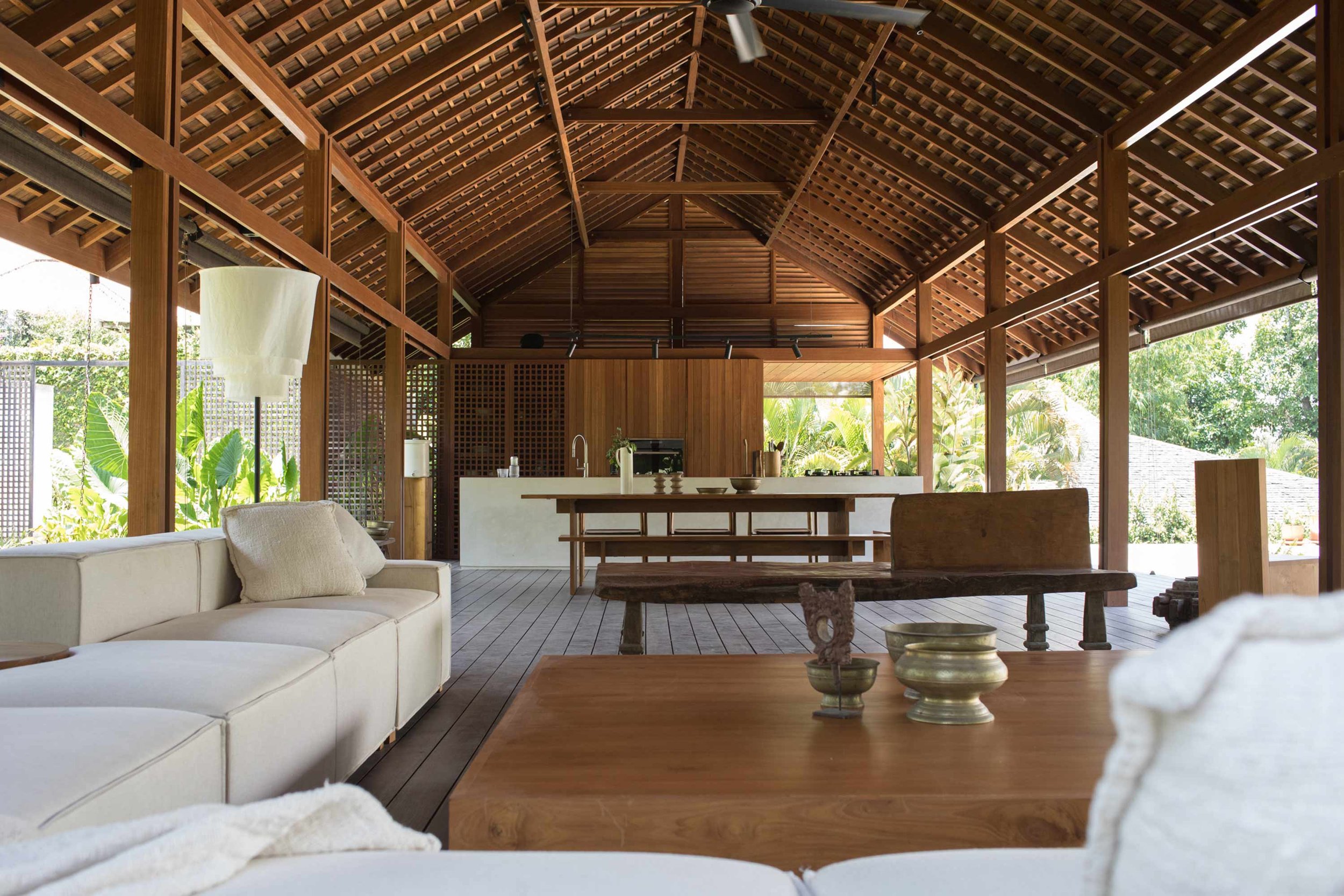
This philosophy led him to Alejandro Borrego, a Spanish architect who had carved out a niche in Bali with his focus on tropical architecture. Their collaboration produced a home that blends effortlessly into its surroundings. The defining feature? A simple yet serene pitched roof that mirrors the traditional forms of the surrounding village. The pavilion, the only structure in plain sight upon entering, creates the illusion of no house at all.
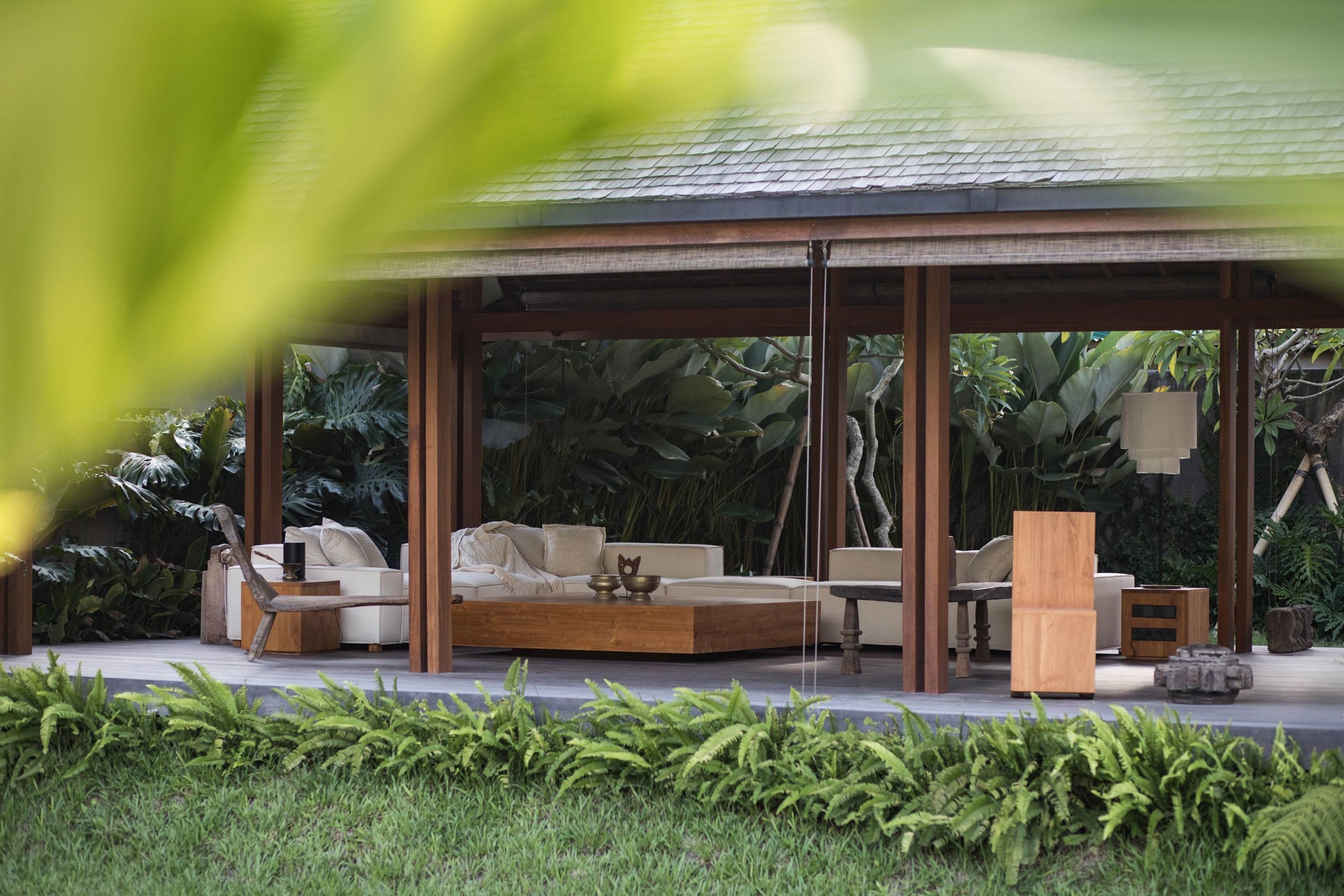
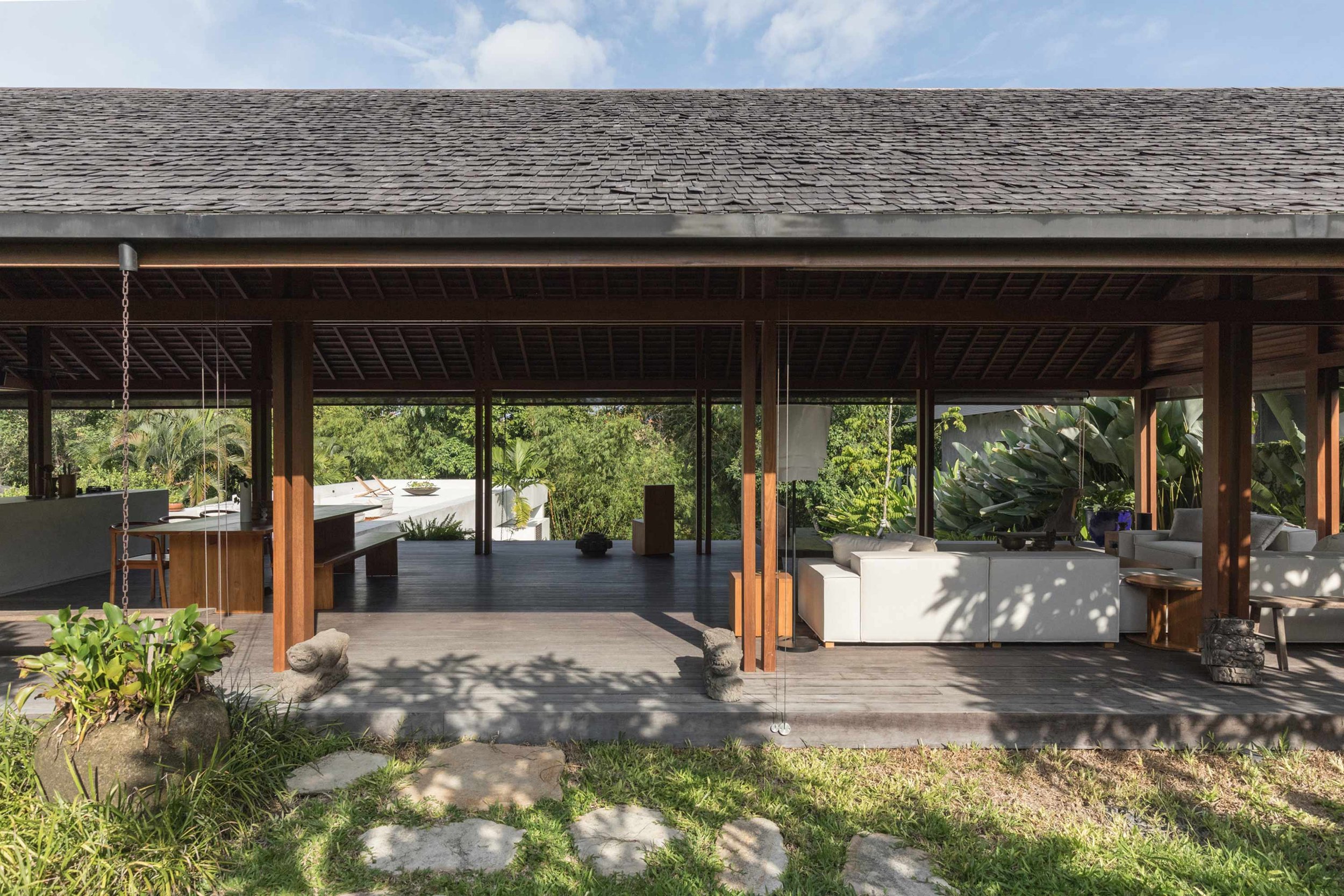
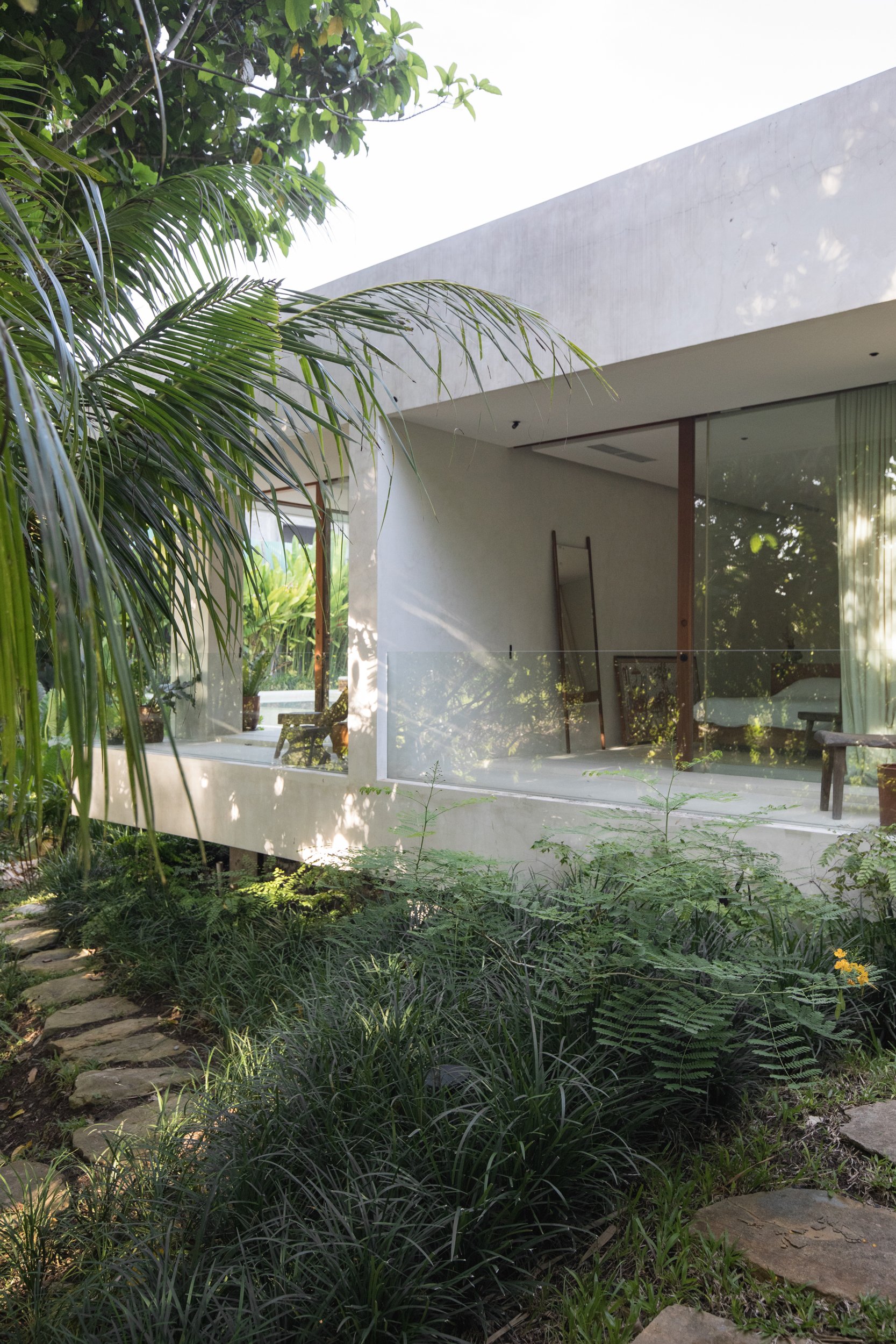
Borrego’s design keeps the pavilion open, embracing the Balinese lifestyle where the home seamlessly merges with its environment. Here, lush foliage encircles the structure, with the jungle and rice paddies stretching beyond. “We believe in placing houses in gardens, not the other way around,” Borrego explains. “Over time, the garden becomes the main character.” The pavilion, both open and private, invites dappled afternoon light and a gentle breeze, while the nearby stream provides a soothing soundtrack.

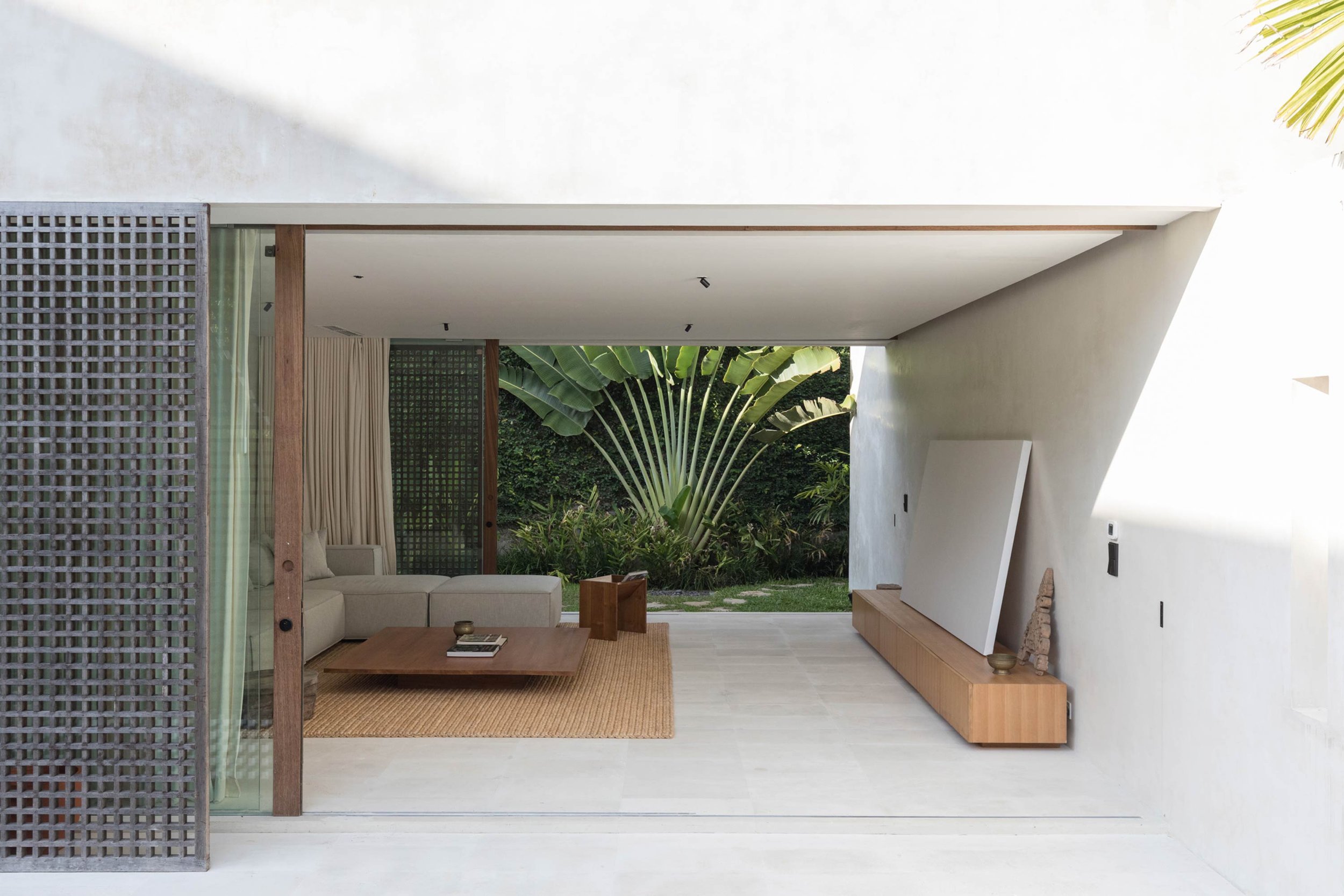
Gunawan’s respect for the land’s natural contours inspired Borrego to create an adjacent monolithic slab for the bedrooms, crafted from palimanan, a locally sourced cream-colored sandstone. This minimalist, function-driven approach also enhances the home’s sustainability, minimizing construction impact and utilizing materials sourced from the island.
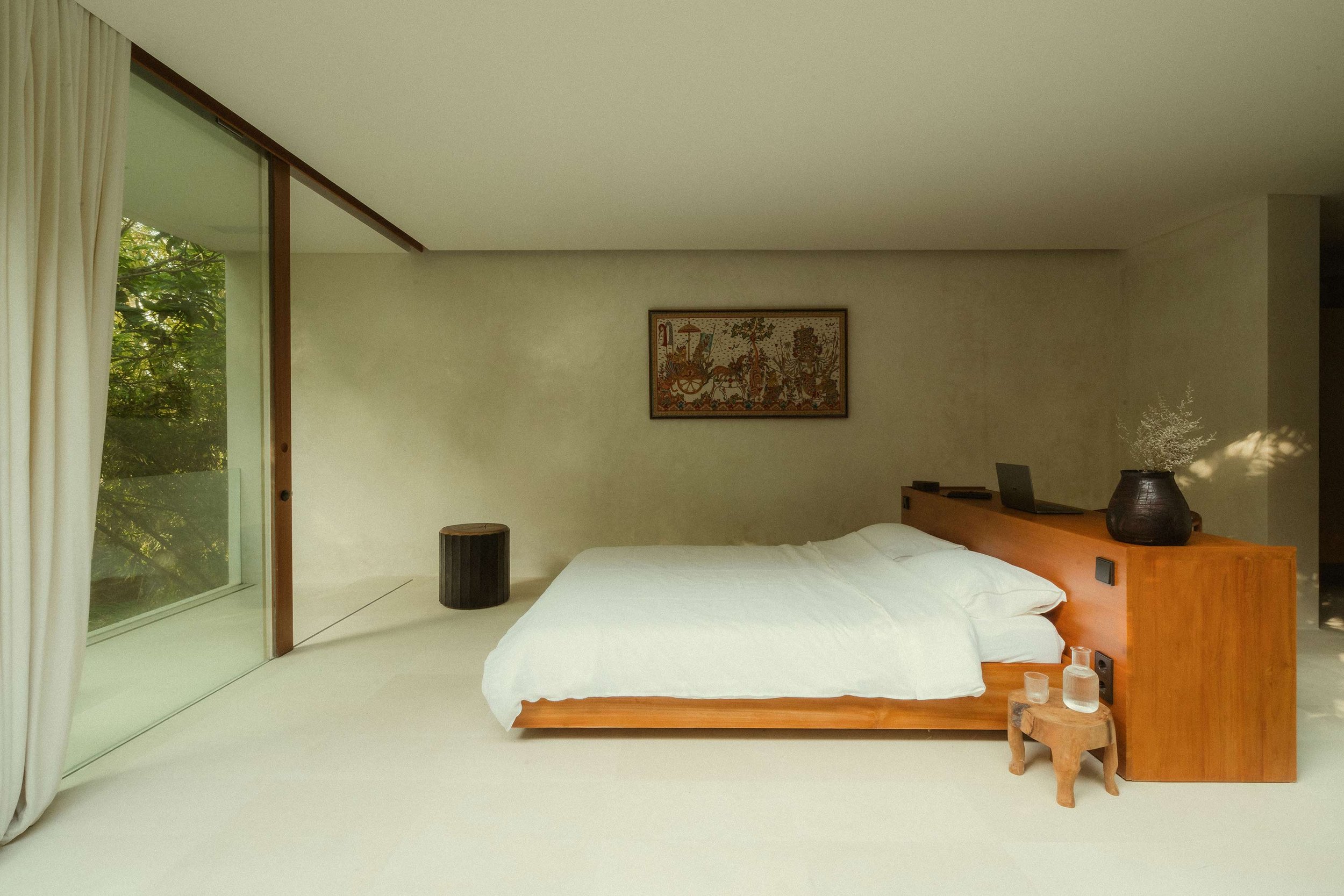
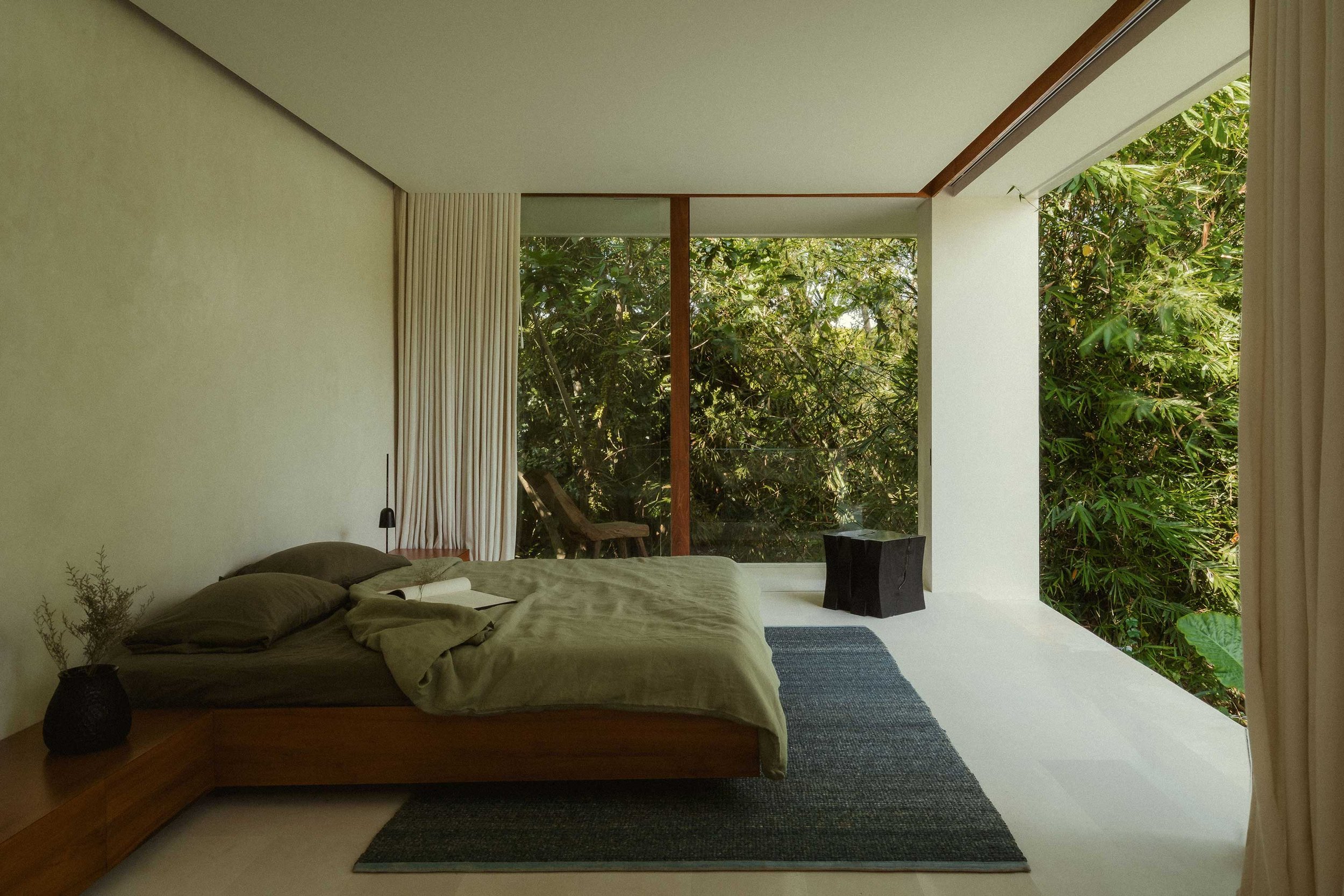
Inside, Gunawan’s commitment to Indonesian craftsmanship shines through. He carefully curated a collection that honors the nation’s rich heritage, journeying to remote villages in search of meaningful homewares. His finds include antique ceremonial bowls from the Yogyakarta palace, Naka chairs from Jakarta’s Kayou, and Kamasan-style artworks.
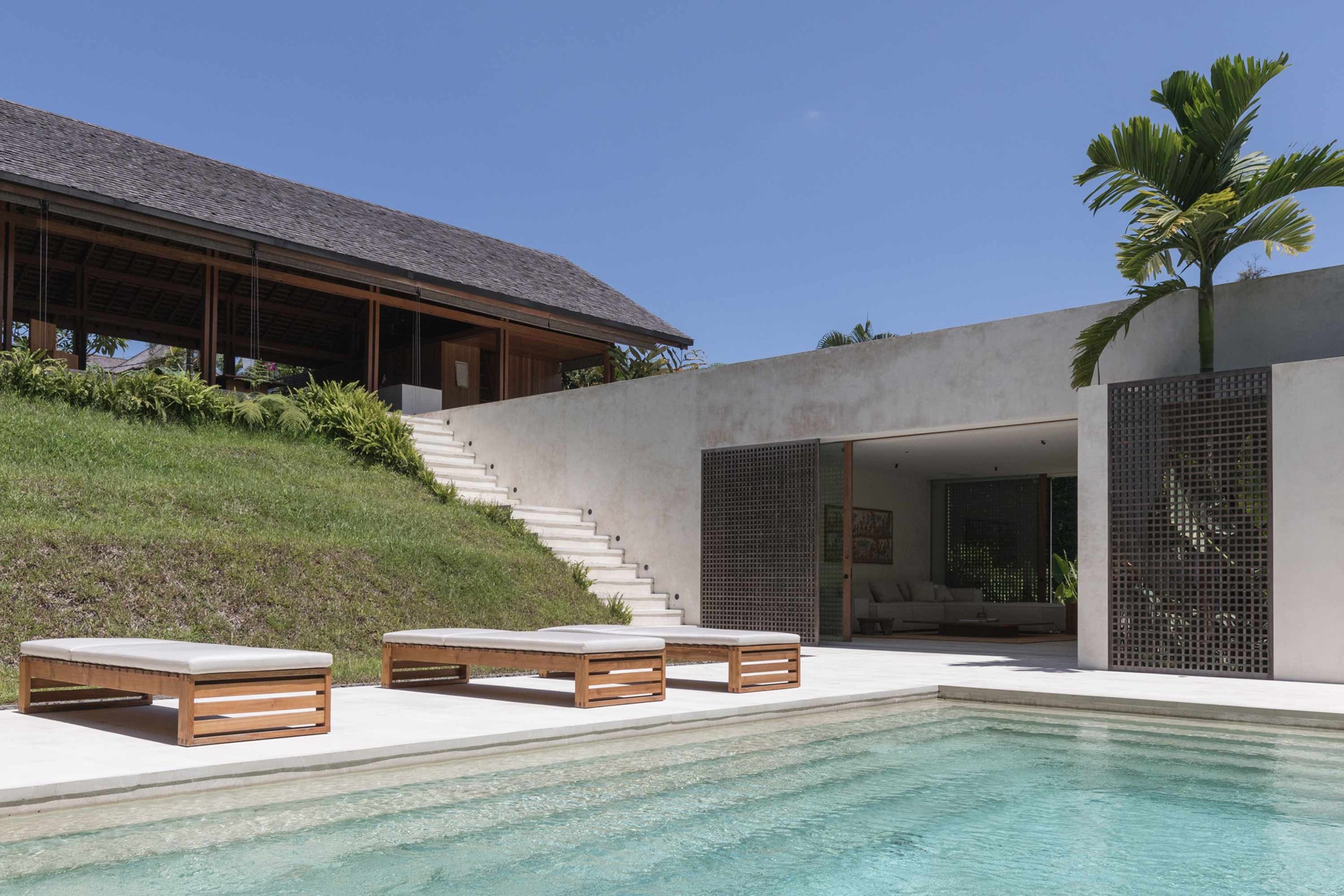
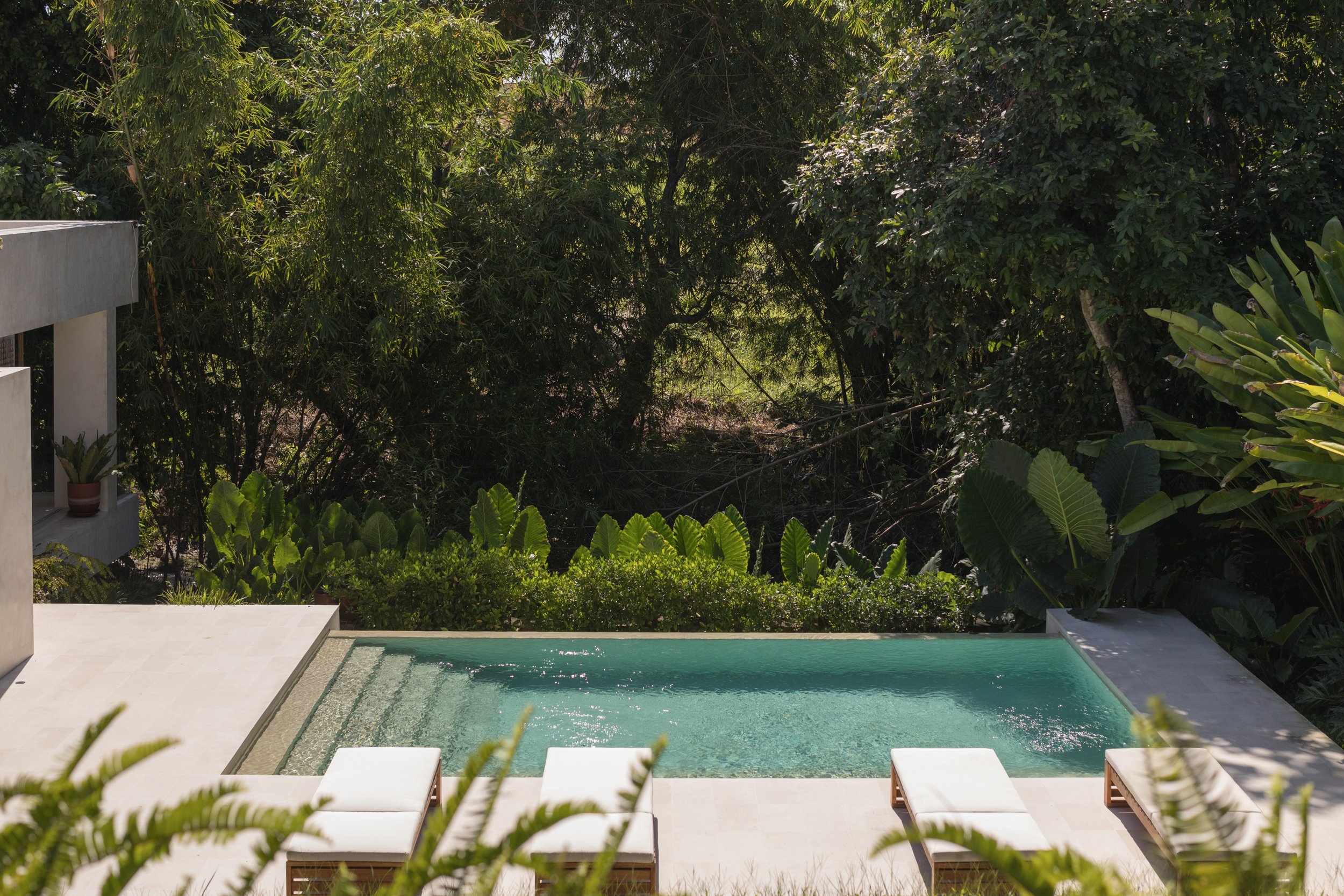
Every element of this home is infused with subtlety and intention. It’s no wonder that Gunawan named his abode after the majegau tree—a delicate presence most would overlook. Its bark, traditionally used for incense, releases a fragrant aroma when burned—a fitting metaphor for Gunawan’s home, an aromatic offering to the spirit of Bali. – Bill Tikos
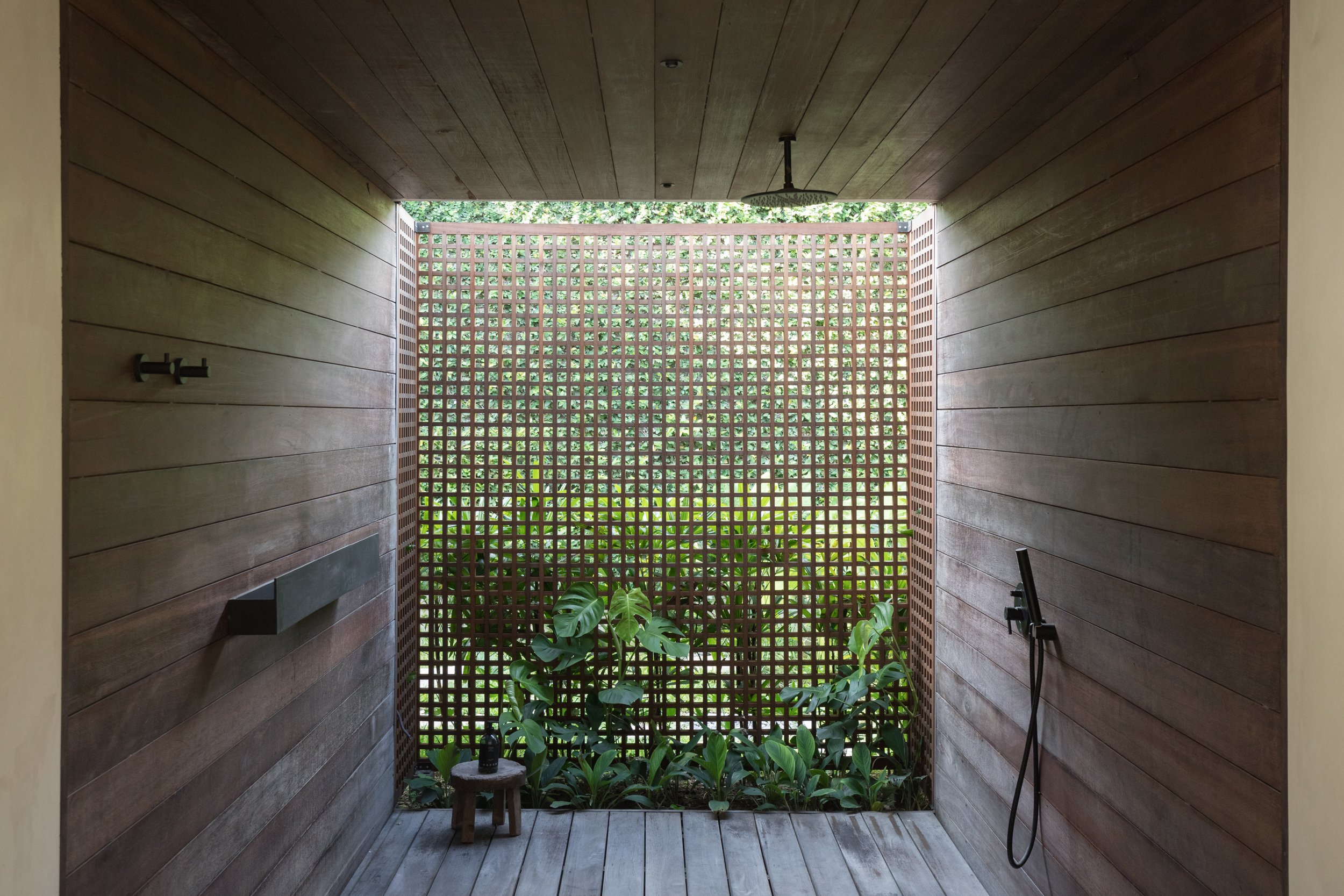
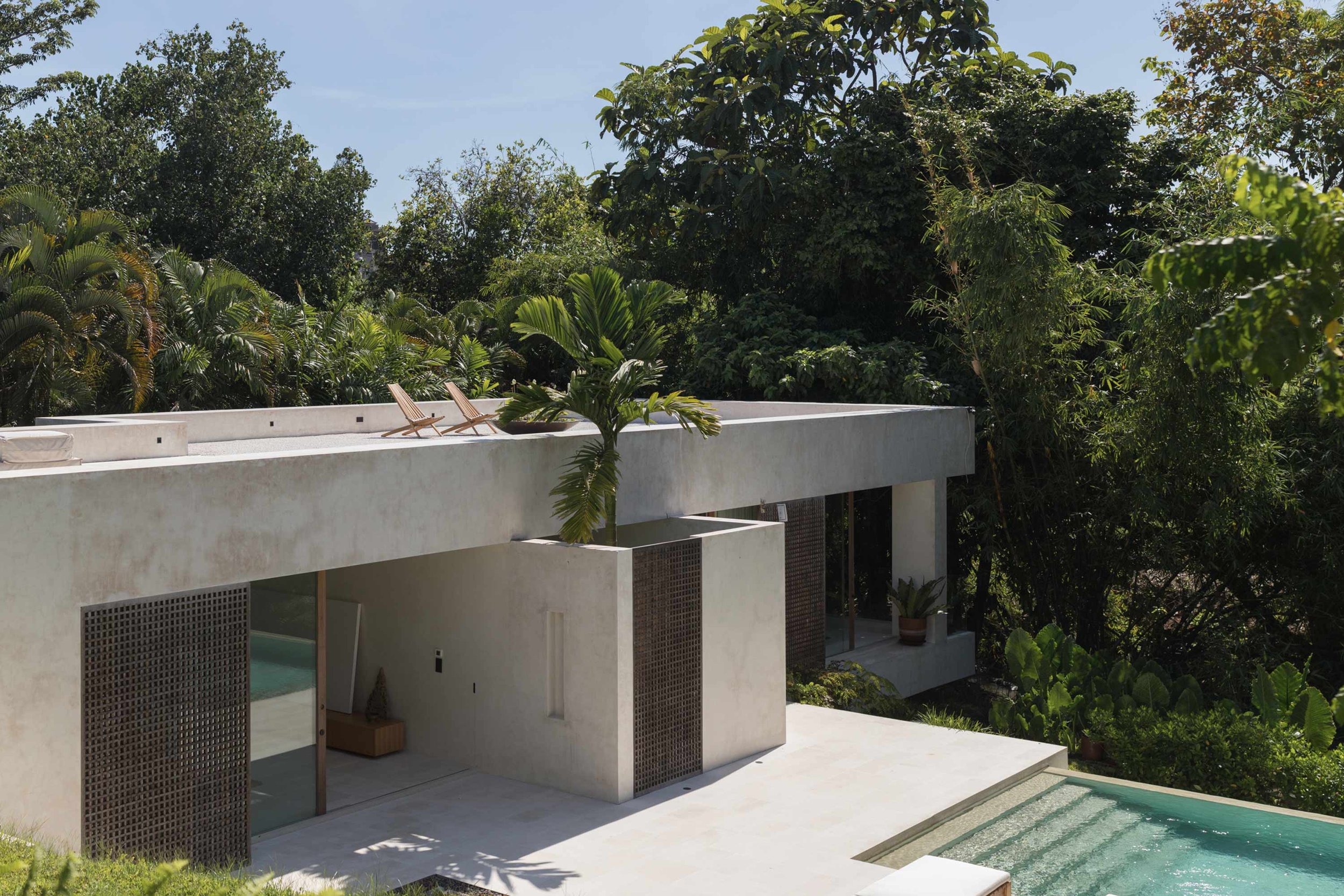
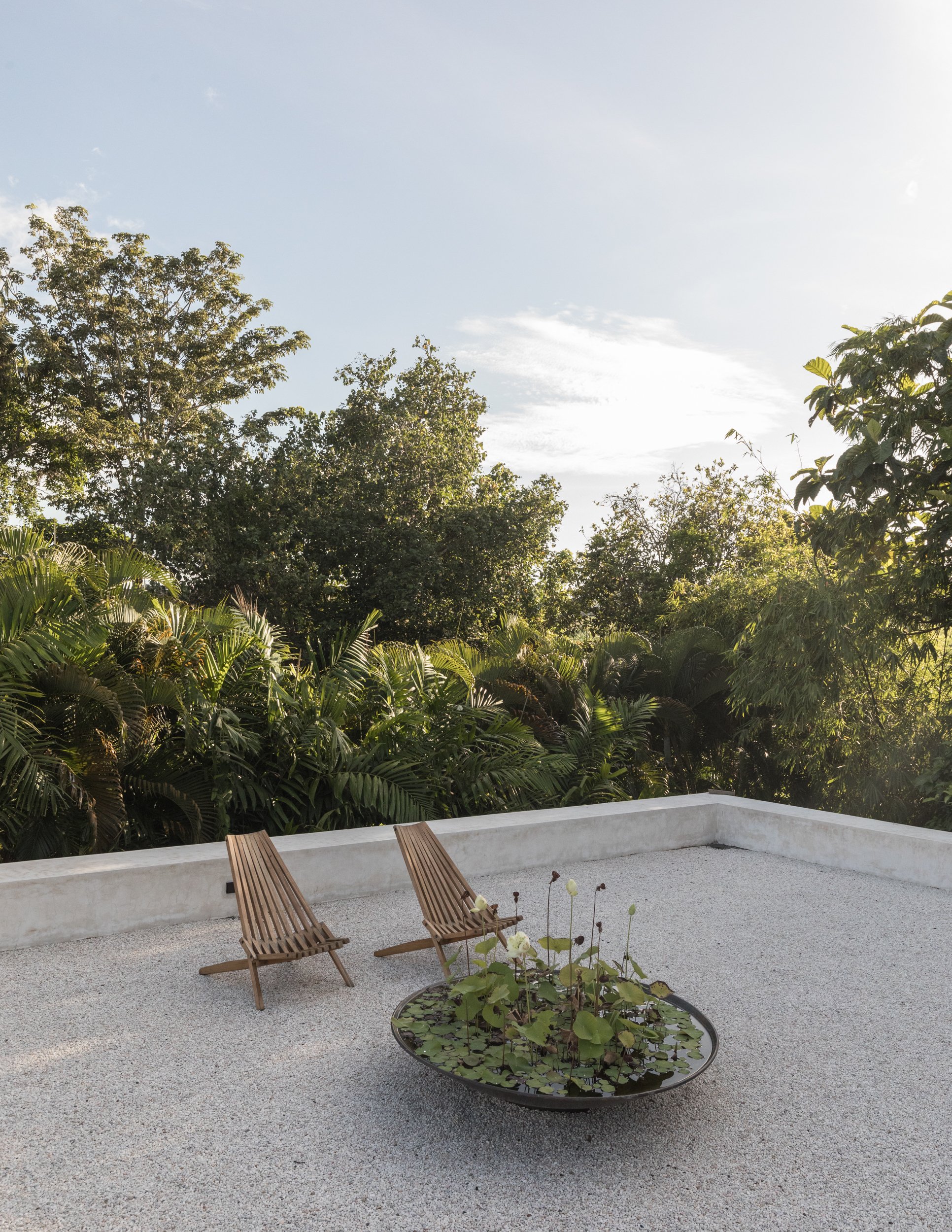
Source: The Cool Hunter

